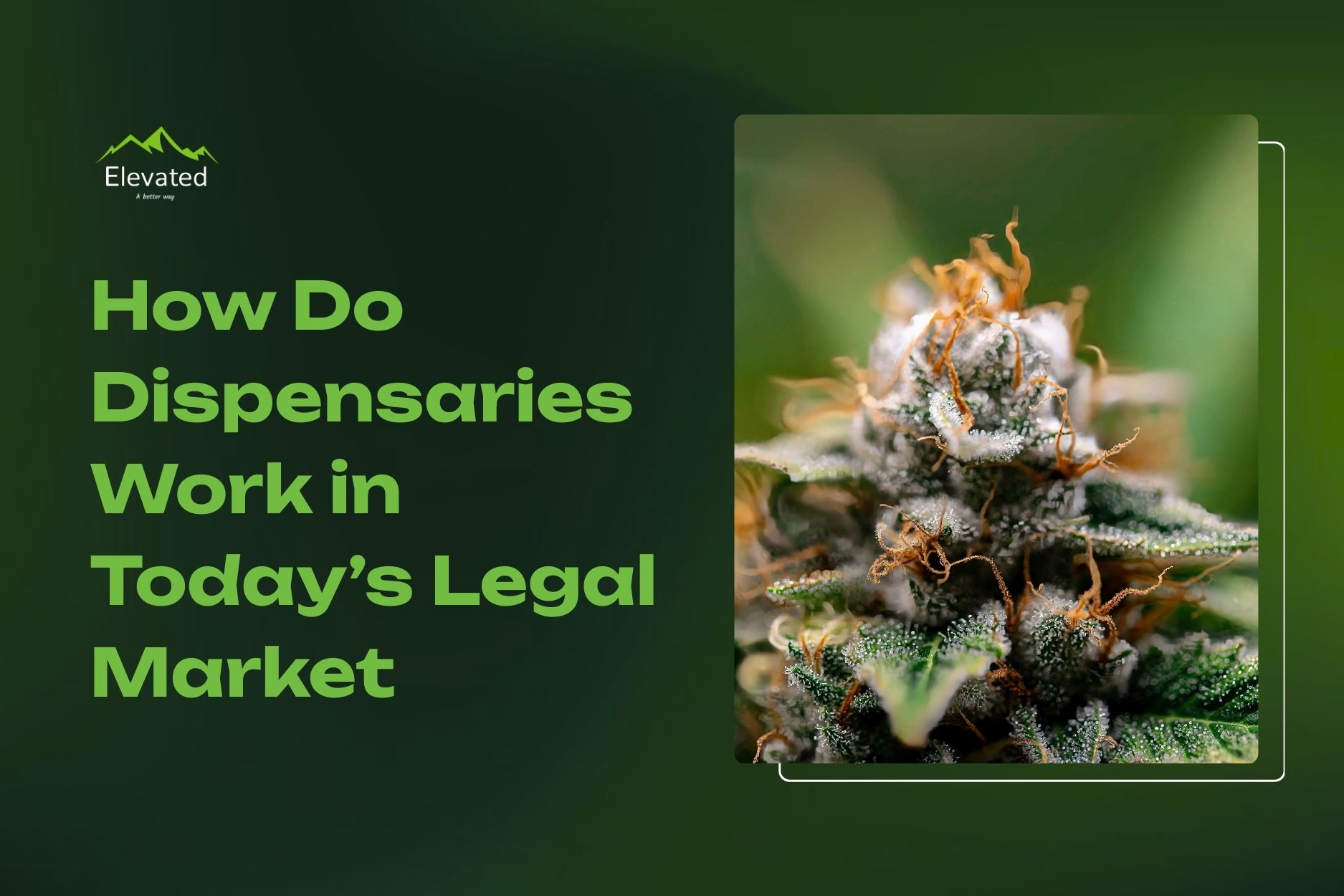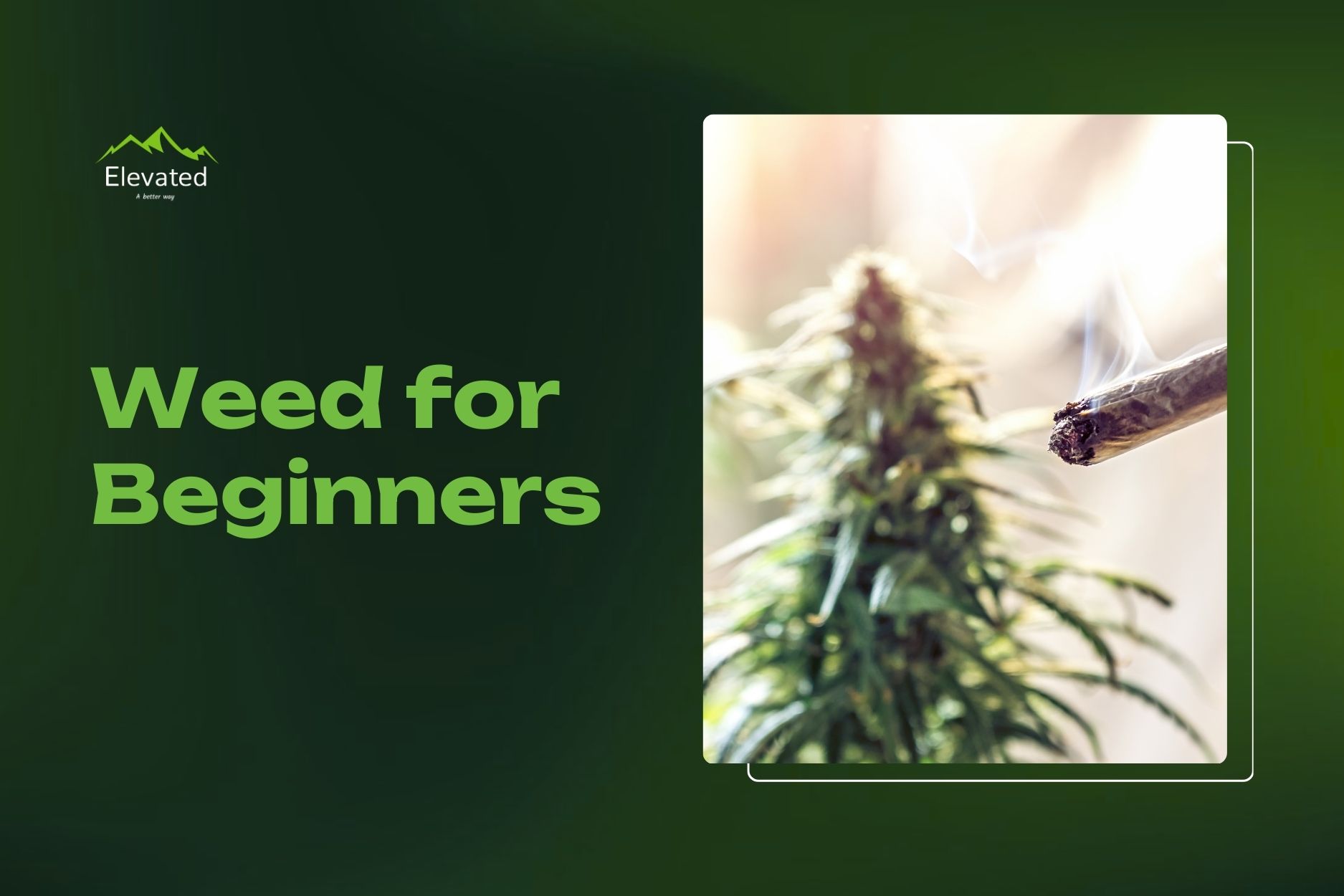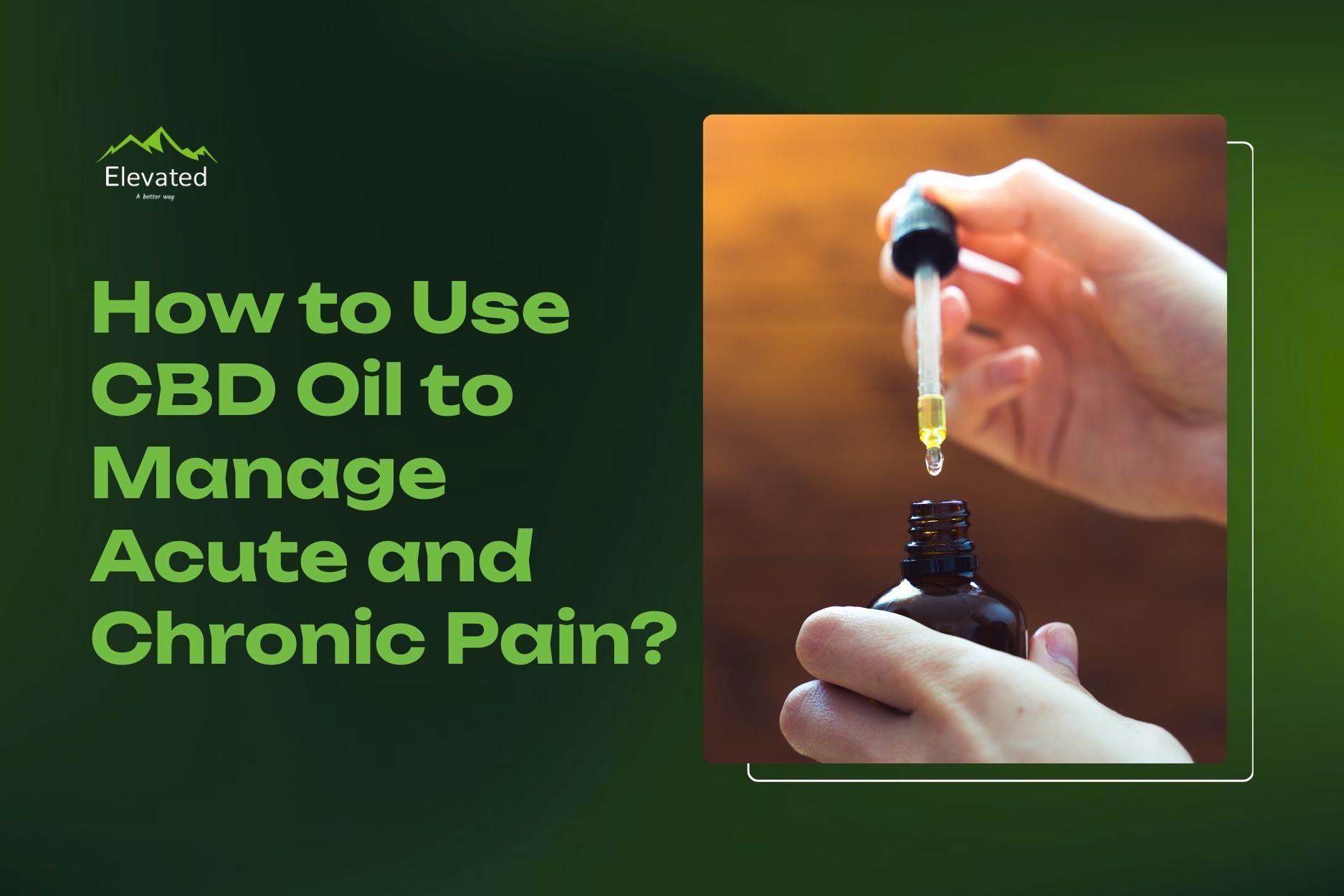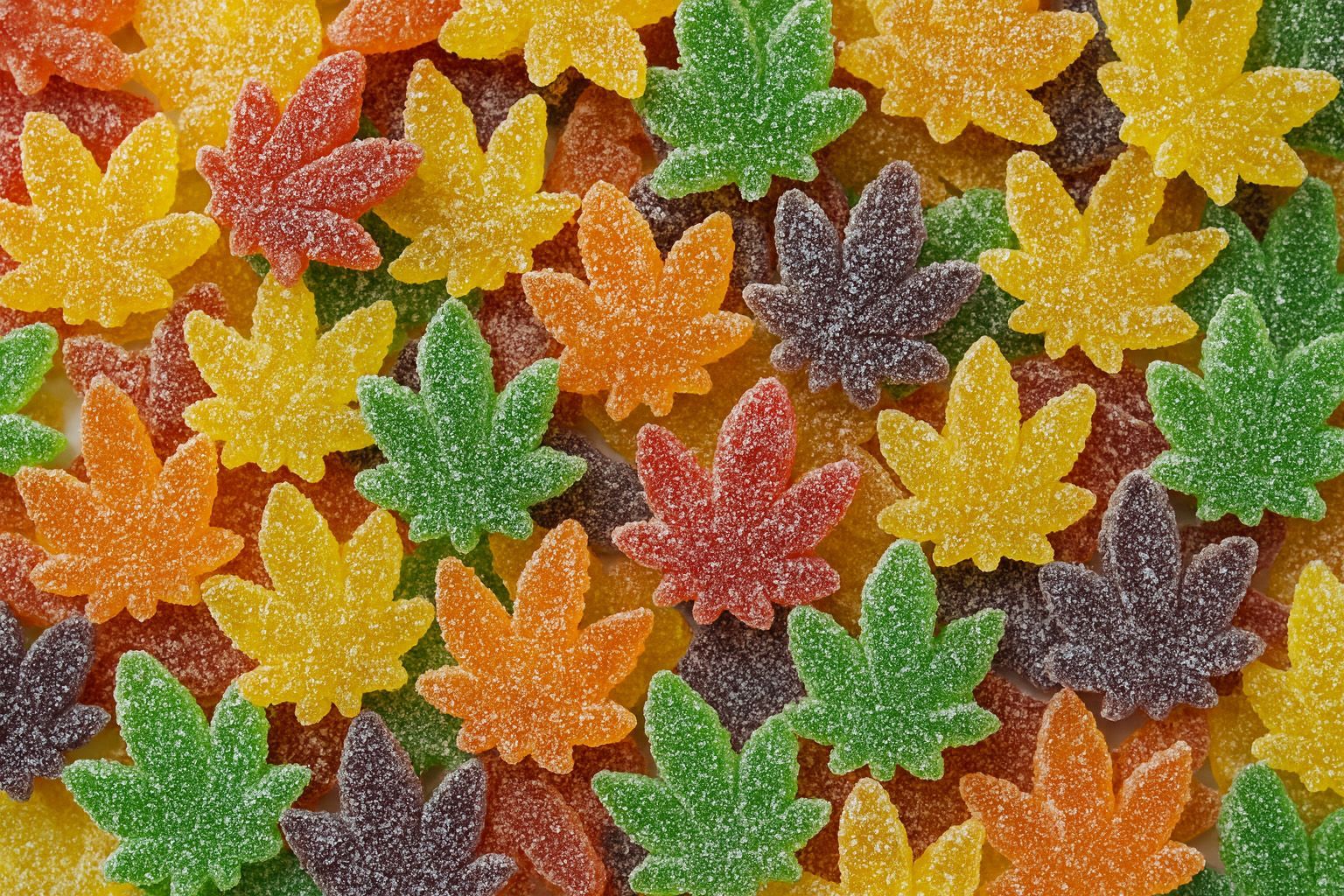CBD High vs THC High: What Shapes the Cannabis Experience
Cannabis holds more dimension than a single compound or effect. Each bud carries a mix of cannabinoids that guide how the body and mind respond. When people describe feeling “high,” they’re usually talking about THC, but there’s a broader chemistry at play.
The most recognized cannabinoids include:
- THC (tetrahydrocannabinol): brings euphoria, sensory lift, and appetite increase.
- CBD (cannabidiol): promotes calm focus without intoxication.
- CBG (cannabigerol): sharpens attention and steadies mood.
- CBN (cannabinol): supports rest and deeper physical relaxation.
Each interacts with the endocannabinoid system in distinct ways, which is why two strains with similar THC levels can feel completely different.
Elevated Montana cultivates and produces cannabis that highlights this diversity. Every flower, edible, and concentrate reflects careful control over cannabinoid balance and terpene content. The focus stays on guiding people toward products that match their goals rather than chasing potency numbers.
This article explores what gives THC its uplifting character compared with CBD’s grounded feel. It explains how varying ratios of the two reshape the experience and how other compounds quietly influence the outcome.
You’ll also see why strain chemistry tells a truer story than THC percentage alone.
THC and the Classic Cannabis High
THC defines the familiar cannabis experience that most people associate with feeling “high.” It’s the compound that lifts mood, changes how the senses take in the world, and can turn an ordinary evening into something far more vivid.
Yet that same molecule behaves differently from person to person, and its impact depends on both biology and context. The chemistry behind THC explains why.
The Chemistry of THC
THC shares its molecular formula with CBD, but a slight structural difference changes how each connects with the body’s endocannabinoid system. THC fits directly into CB1 receptors concentrated in the brain and central nervous system. That tight bond sparks a cascade of neurotransmitter activity influencing memory, coordination, and mood.
Its structure mimics anandamide, often called the body’s “bliss molecule.” When THC binds to the same receptor sites, it temporarily increases dopamine release, shifting perception and time awareness. The experience can range from light and reflective to deeply euphoric depending on potency, tolerance, and setting.
THC appears primarily in marijuana-type cannabis, which legally refers to plants containing more than 0.3 percent THC by dry weight. Anything below that threshold is defined as hemp. This line determines how products are classified and sold in Montana dispensaries and across the United States.

How THC Feels
The THC experience tends to arrive quickly when inhaled and more gradually through edibles.
Low doses often bring comfort and sociability. Moderate levels can enhance creativity, spark laughter, and sharpen sensory awareness. Heavier doses, especially from potent concentrates or edible forms, can heighten internal focus or drift into introspection.
Many people describe THC as mood-amplifying. It reflects what the user brings into the session rather than forcing a single response. A relaxed mindset often leads to warmth and lightness, while stress can magnify intensity. Community discussions highlight how terpenes affect this balance. For example, limonene-rich strains that smell bright and citrusy can feel uplifting for some but occasionally stir anxiety in sensitive users.
Side Effects and How to Avoid Them
Possible side effects may include:
- Dry mouth or mild dehydration
- Red or irritated eyes
- Short-term dizziness or disorientation
- Heightened anxiety after large doses
Pairing THC with CBD can soften these effects by moderating CB1 receptor activity. Choosing balanced strains or adjusting dose size helps maintain clarity and comfort.
Elevated Montana’s budtenders focus on guiding people toward that sweet spot where euphoria feels smooth, functional, and genuinely enjoyable.

The CBD Experience: Calm, Clear, and Centered
CBD brings balance to cannabis. Where THC reaches upward into euphoria, CBD settles into a state of calm that feels grounded and steady. It affects many of the same pathways in the brain but in gentler, regulating ways.
For those who want the relief and focus of cannabis without intoxication, CBD delivers the steady rhythm behind the plant’s wellness reputation.
CBD’s Chemical Profile
Cannabidiol shares the same molecular framework as THC but connects with the body differently. It does not attach tightly to CB1 receptors in the brain. Instead, it modulates them, influencing how other cannabinoids behave.

This indirect relationship helps explain why CBD can shift mood, lower stress, and relieve pain without producing the mental fog that THC sometimes brings.
CBD also interacts with serotonin, which is linked to mood stability. In scientific terms, it is psychoactive because it changes brain chemistry, yet it remains non-intoxicating. People feel present and clear, not detached or euphoric.
Most CBD found in products comes from hemp plants containing less than 0.3 percent THC, a legal distinction that allows broad access to non-intoxicating formulations. Elevated Montana uses the same cultivation precision for hemp-derived CBD as it does for THC-dominant flower, ensuring consistent terpene and cannabinoid expression.
What a “CBD High” Feels Like
The phrase “CBD high” can be misleading because the effect is not about elevation. It’s a steadying influence that feels calm rather than stimulating.
Many describe it as a gentle quieting of background tension, similar to how deep breathing slows the body’s pace. Mental chatter softens, physical tightness loosens, and focus becomes easier to maintain.
Some people notice subtle physical warmth, especially with high-quality CBD prerolls or isolate-coated flower. For others, higher doses can lean toward relaxation or mild drowsiness, especially in the evening.
Health and Wellness Benefits
CBD supports several key areas of health:
- Promotes balanced mood
- Supports chronic pain and muscle tension
- Encourages better sleep quality
Elevated Montana formulates CBD-rich edibles, tinctures, and balanced flower for those seeking comfort without intoxication. These options help users manage pain, unwind after work, or prepare for restful sleep while staying fully functional and clear-headed.
How Long Does a Cannabis High Last?
Duration depends on the form of consumption, the individual’s metabolism, and the balance of cannabinoids in the product.
A cannabis high from inhaled flower or vapor typically lasts between one and three hours. The effects arrive within minutes, peak quickly, and taper off as the body metabolizes THC.
Edibles follow a slower arc. They take longer to activate (often 30 to 90 minutes) but their impact can stretch up to six hours or more as the digestive system releases THC gradually.
CBD’s presence changes this rhythm. Its effects are steadier and less pronounced, building slowly into a state often described as relaxation without impairment. The experience feels physical and calming rather than euphoric.
Some users notice mild drowsiness or mental fog when taking larger doses of full-spectrum CBD oils or gummies. That reaction usually comes from trace amounts of THC that accumulate to several milligrams after repeated servings, enough to create a light intoxicating sensation.
Every cannabinoid ratio produces a slightly different time frame. THC drives the rise and fall of intensity, while CBD steadies the curve. For most people, the lasting impression of cannabis depends less on how long it lingers and more on how balanced that combination feels.
The Magic Mix: How THC and CBD Work Together
Cannabis works best as a symphony, not a solo act. THC and CBD share a chemical lineage, yet their partnership often feels greater than the sum of their parts. The way they interact inside the body shapes nearly every cannabis experience, from the first wave of relaxation to the lingering sense of balance afterward.
The Entourage Effect Explained
When multiple cannabinoids and terpenes interact, they create what researchers call the entourage effect. Instead of acting alone, each compound influences how the others behave within the endocannabinoid system. THC provides the spark of euphoria, while CBD softens that intensity, guiding the experience into smoother territory.
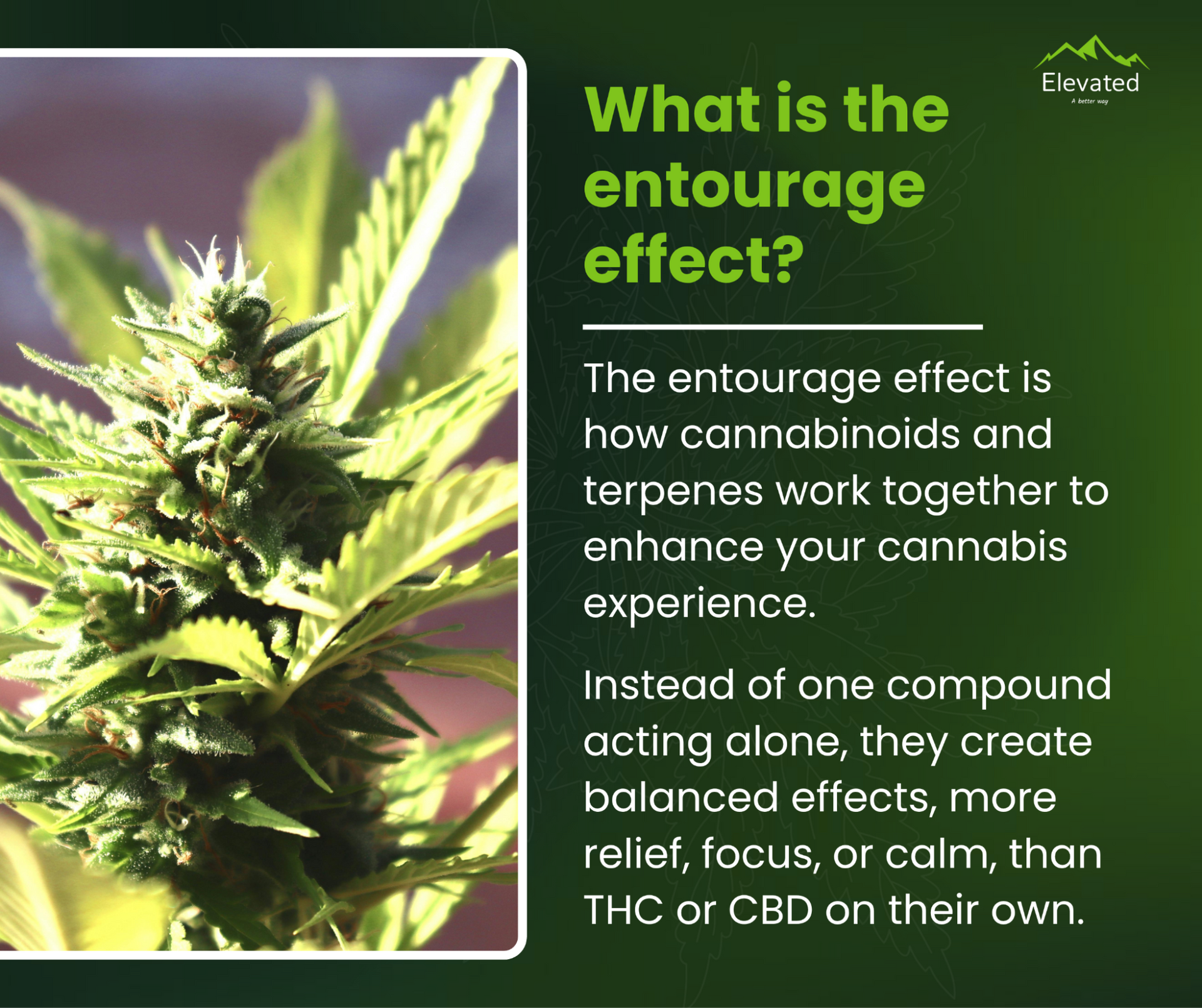
This balancing act reduces the chances of overstimulation and helps prevent the anxious edge that can appear with high doses of THC.
CBD’s presence slightly limits THC’s ability to bind fully with CB1 receptors, keeping the high grounded and comfortable. The result is a more functional effect that maintains clarity while still delivering the sensory and mood-enhancing benefits of cannabis.
Balanced products often contain a 1:1 or 2:1 ratio of CBD to THC. These combinations appeal to new or moderate consumers who prefer an even experience that enhances mood without overwhelming the senses.
Many seasoned users also turn to these blends for steady daytime use or post-activity recovery.
Real-World Ratios That Change the Game
Different ratios create distinct outcomes:
- 1:1 (Balanced) brings light euphoria paired with full-body calm, useful for daytime relief from pain or stress.
- 2:1 (CBD:THC) offers gentle relaxation with minimal intoxication, ideal for focus, social settings, or creative projects.
- Higher THC ratios deliver stronger highs and faster onset, favored for evenings or recreational use where intensity is welcome.
Each blend invites its own rhythm. Finding the right mix is less about chasing numbers and more about noticing how the cannabinoids harmonize with your body’s chemistry.
Why Strain Chemistry Matters More Than THC%
THC percentage is only one piece of a much larger equation. It tells you how much delta-9-tetrahydrocannabinol is in the product, but it says nothing about how that THC will interact with the rest of the plant’s chemistry.
Terpenes and minor cannabinoids play a much bigger role in shaping the actual experience. This is why two strains with the same potency can feel completely different once consumed.
Strain chemistry determines whether a high feels clean, hazy, relaxing, or unbalanced. Learning how to read it gives you far more control than chasing a number ever could.
Terpenes: The Aroma Behind the High
Terpenes are the aromatic compounds responsible for each strain’s scent and flavor profile. They also modulate the way cannabinoids behave in the body.
For example, myrcene often brings a calming body effect that slows things down and helps with rest. Limonene brightens the mood and can boost energy, though it may overstimulate some users. Linalool is more sedative and grounding, commonly found in indica-leaning strains.
These differences in terpene content explain why one 20% THC strain might feel smooth and manageable, while another at the same level feels sharp or overwhelming.
The Role of Minor Cannabinoids
THC and CBD get most of the attention, but lesser-known cannabinoids like CBG and CBN add depth. CBG is known for its focus-enhancing properties and may help stabilize mood without contributing to intoxication. CBN is more associated with heavy, end-of-day relaxation and often appears in aged flower or sleep-focused products.
Elevated’s in-house cultivation preserves these minor compounds by focusing on full-spectrum plant expression rather than distilling everything down to maximum THC.
The Elevated Difference
Understanding the difference between a CBD high and a THC high is about finding what works for you. Both compounds bring something unique to the table, and when they’re balanced right, cannabis becomes less about chasing potency and more about achieving clarity, comfort, and control.
At Elevated, we help you make that connection personal. Our budtenders listen to your goals, your lifestyle, and how you want to feel. Whether you’re exploring CBD for calm or THC for creativity, we’ll guide you toward the products that fit your rhythm.
Visit an Elevated dispensary near you to experience the difference of Montana-grown cannabis crafted with care, precision, and purpose.
Stay balanced. Stay informed. Stay Elevated.
Disclaimer
The information provided in this article is for educational purposes only and is not intended as medical or legal advice. Cannabis affects everyone differently, and individual results may vary based on body chemistry, dosage, and tolerance. Always consult with a qualified healthcare professional before using cannabis products, especially if you have a medical condition, are pregnant, or are taking prescription medications.
References
Khan, M., & Musty, R. E. (2024). Beneficial effects of cannabidiol from Cannabis : A review of mechanisms and health-applications. Applied Biological Chemistry, 67(2), Article 8.
Carusone, R., & Smith, J. L. (2024). The entourage effect in cannabis medicinal products : A comprehensive review. Pharmaceuticals, 17(11), Article 1543.
Rogers, A., & Fields, K. (2024). In the weeds : A comprehensive review of cannabis, its chemical diversity and its impact. Current Opinion in Pharmacology, 72, 102511.
Zhang, L., & Patel, H. (2022). Cannabinoids—Multifunctional compounds, applications and challenges. Molecules, 29(20), 4923.
Chye, Y., Christensen, E., Solowij, N., & Yücel, M. (2019). The endocannabinoid system and cannabidiol’s promise for the treatment of substance use disorders. Frontiers in Psychiatry, 10, 63
Smith, E. (2023). Terpene synergy : Exploring the latest entourage effect research. ACS Lab Blog.

